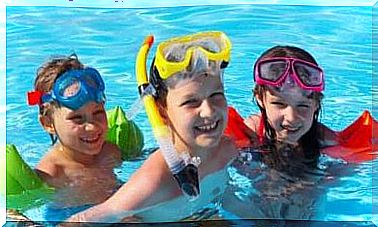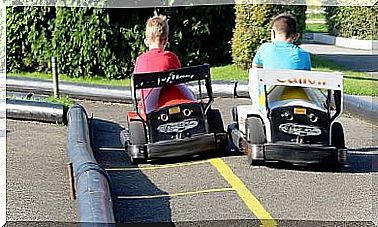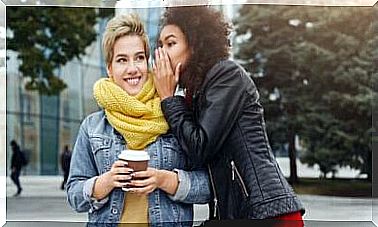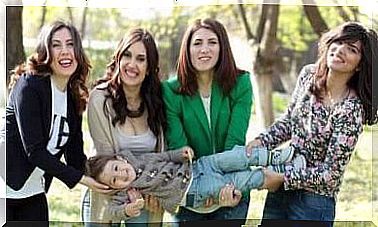The Emotional Function Of The Pacifier
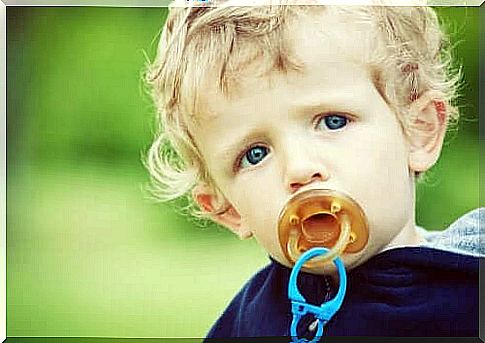
Currently, the use of pacifiers by little ones is something completely widespread and normalized. In fact, many parents think that it is a necessary and indispensable element for the baby. In fact, children don’t need it and there are even those who reject it. For this reason, before deciding where you stand in relation to this object, it is important that you know the emotional function of the pacifier.
As parents, we make the decisions that seem most appropriate and beneficial to our children. Every home and every family goes through different circumstances and therefore it is not possible to generalize about what is most positive. Thus, any decision you make will be lawful and proper, as long as it is taken from a well-informed position.
The Importance of Suction
The sucking reflex accompanies children from before birth, as this pattern begins to develop even in the mother’s womb. However, suction goes far beyond its nutritional function, as it helps the little one to develop neurologically and favors the emergence of speech. But, above all, it has a calming and calming effect for the baby.
Therefore, breastfeeding serves not only to feed the child, but also as a source for establishing the attachment bond. The chest is a comfort, helping the child to emotionally regulate and feel secure. Thus, this is the ideal and natural way in which children have their emotional needs met.
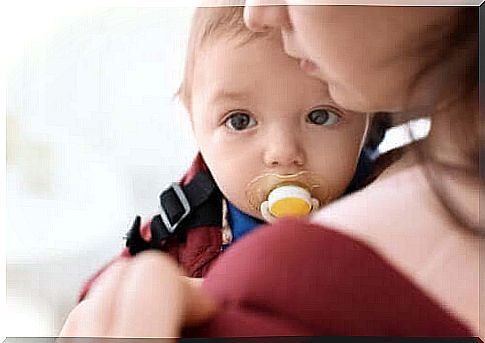
In this way, the pacifier also fulfills this function by allowing the child to suck repeatedly. By doing this, she calms down and gets pleasant sensations. However, an object can never replace a person, and although the pacifier allows for suction, it does not provide the mother’s touch and caress, which is what the baby really needs.
The Emotional Function of the Pacifier
However, many mothers are unable or unwilling to implement breastfeeding or offer it on demand. Perhaps their professional obligations prevent them from always being present, perhaps they suffer from mastitis or have cracked nipples, or perhaps they are simply exhausted from the child’s excessive demand for the breast.
In these cases, the pacifier appears as a simple substitute for the emotional function of calm and comfort exercised by the chest. Thus, we offer the pacifier to the child when he is irritated or restless, when he cries, when he is in the stroller, when he goes to sleep… Without a doubt, it helps the little one to calm down or fall asleep, but this is not the most suitable.
Excessive use of the pacifier can lead to dental malformations. It also interferes with speech, preventing the child from babbling and starting to express himself. In addition, it generates a dependency that will cause difficulties and annoyances when we want the child to give up the pacifier. But, above all, the child is deprived of what he really needs.
A distressed, restless, or crying child needs care and contact. She needs to feel cared for, sheltered and protected by the adults, who are her main attachment figures. Establishing a secure bond is essential for proper emotional development, and this is not provided by the pacifier.
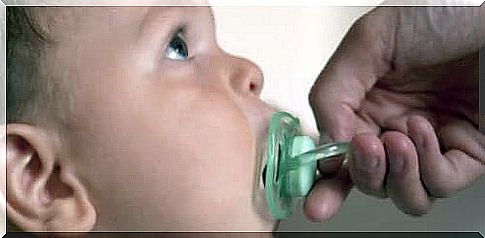
If we want children to develop adequate emotion regulation strategies in the future and for them to be autonomous and psychologically healthy, we need to meet their emotional needs during their early years. Giving a pacifier is not enough.
Pacifier: when to use and when not to use?
In short, the pacifier can be an adequate complement, but never a substitute for parental care and attention. Children who are not breastfed may have a greater need for suction, which is satisfied with the bottle. In these cases, the pacifier can be useful, but it should always be accompanied by physical contact, looks, affection and human warmth. It is not enough to give the pacifier and turn away.
Furthermore, it is preferable to reserve it for specific moments of real need. For example, when we are in the car and it is impossible to remove the child from the car seat to rock and calm him down.
To learn to regulate his emotions on his own, the little one needs someone to have already fulfilled this function for him before. Therefore, it is essential that significant adults are available to the child. Keep in mind that the your baby really needs is you and therefore the pacifier is optional.
